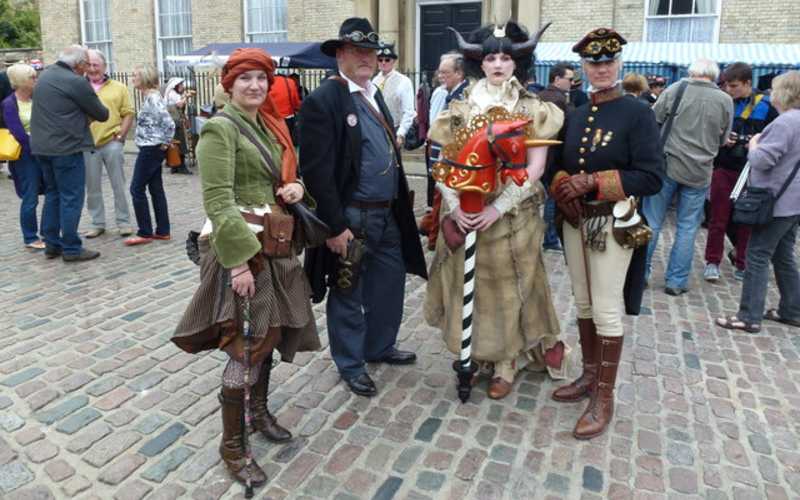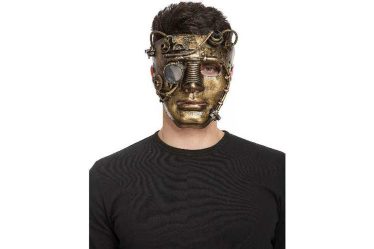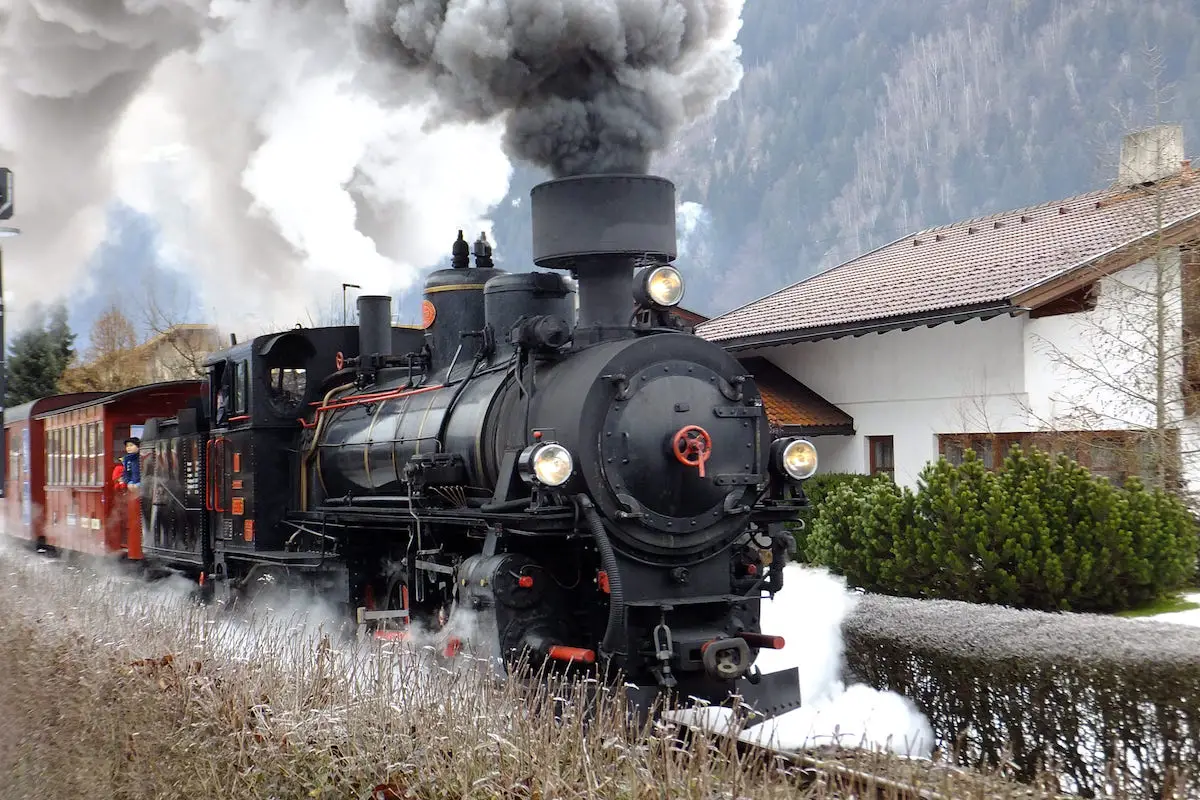
steampunker.co.uk is a participant in the Amazon Services LLC Associates Program and other affiliate advertising programs designed to provide a means for us to earn fees by linking to Amazon.com and affiliated sites. Affiliate links may be used on this page and in steampunker.co.uk articles, but they do not impact on the price that you pay and they do help me to get this information to you for free. Read my privacy policy for more information regarding affiliates.
Steampunk is one of the most fascinating artistic movements in the world. It is a sub-culture of science fiction that incorporates technology and aesthetic designs inspired by the Victorian Era inventions and culture. Important figures in that era including literary giants like H.G. Wells envisioned how the future might have looked like and those imaginations served as the basis for steampunk. In this post, we’re going to explore the influence the Victorian Era had on steampunk and how it’s evolved to what it is today.
Victorian Era of Innovations
The second industrial revolution was at its heights in the mid-1800s to early 1900s. New technologies emerged – ones that have never been witnessed in the history of mankind. Many of these inventions were made possible by steam engines. This era featured heavy machinery with several mechanical parts – including pipes, mechanical cogs, and more.
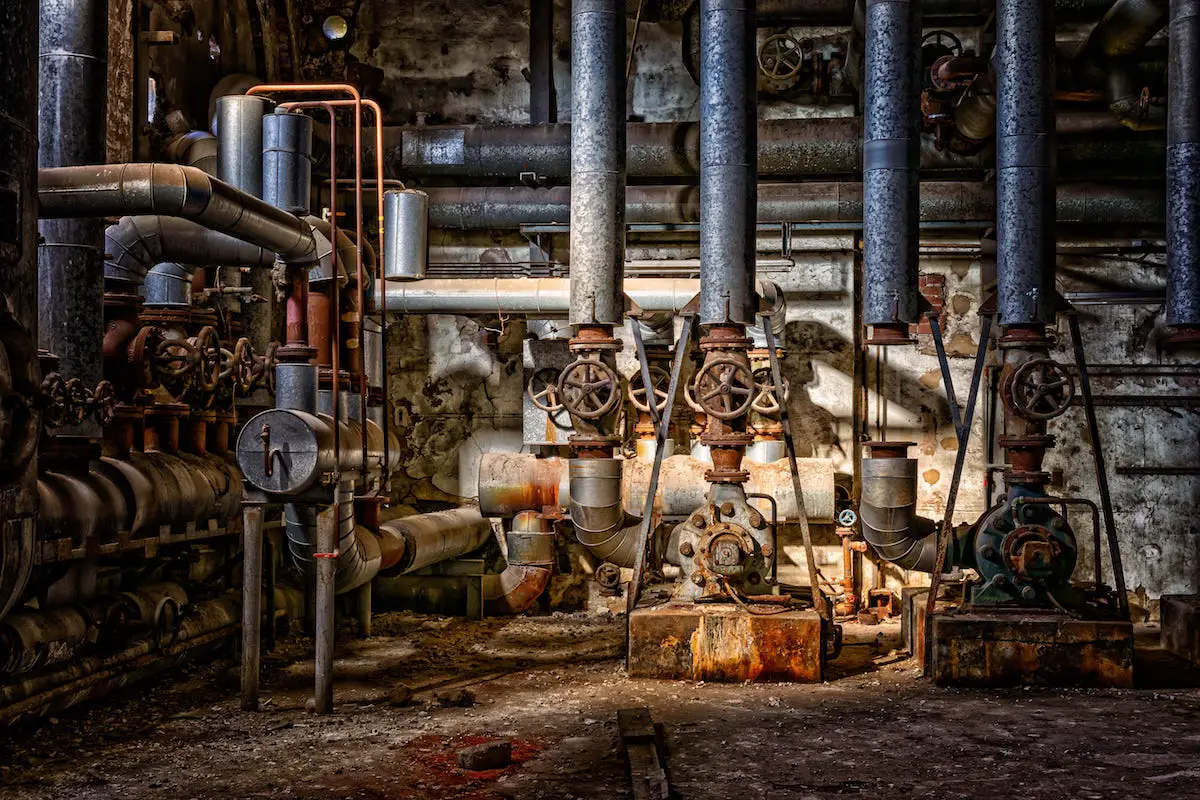

With the technological advances rose mad scientists, whacky inventors and mechanical geniuses who saw the birth of trains, motorized vehicles, steam trains, airships and the inception of industrialization. Their futuristic imaginations would later influence what came to be called steampunk.
Victorian Sense of Style
Steampunk as a sub-culture was also influenced by the clothing of the Victorian Era. Back then, ladies typically wore corsets and big dresses with metallic embellishments. Men clothing in that era typically consisted of waistcoats and tailcoats, monocles, pocket watches and waxed moustaches. All these are obvious elements in steampunk subculture today.
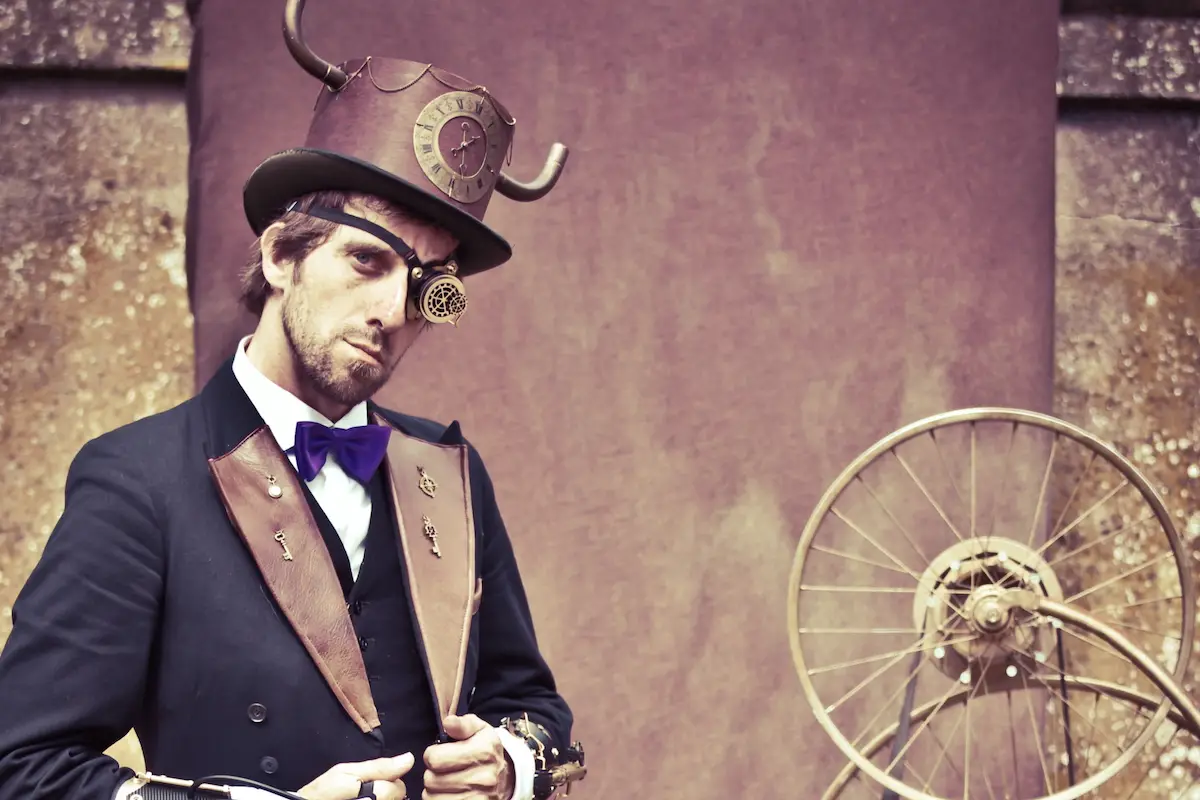

The Evolution of Steampunk
Although the term ‘Steampunk’ was coined in 1989 by K.W. Jeters, it traces its root way back to the Victorian Era.
Figures like Jules Verne and H.G Wells are among the earliest progenitors of steampunk. In his famous novel, ‘The Time Machine’, published in 1895, Wells tells the story of a Victorian scientist who claims to have invented the time machine and has visited the future in the year 802,701. With the plethora of technological advancements, futuristic novelists began to envision what the future might be like. Other literary works that arose to explore this futuristic world include The First Men in the Moon, Frankenstein and more.
- Wells, H. G. (Author)
- English (Publication Language)
- 115 Pages - 01/01/1984 (Publication Date) - Random House USA Inc (Publisher)
After the mid-1900s, modern science fiction writers began to speculate specifically on the development of steam-based technology or alternative histories. Some of the notable works during that period includes Jeter’s Morlock Night and Micheal Moorcock’s Warlord of the Air.
Karel Zeman’s film, The Fabulous World of Jules Verne (1958) is an early example of cinematic steampunk, in which Zeman imagines a past that never was based on Jules Verne novels. Other notable movies included Hayao Mayazaki’s anime Laputa: Castle in the Sky (1986) and Howl’s Moving Castle (2004).
The second wave saw a shift from literature to materialism. Today, steampunk is a decidedly material culture, where those imagined futures are lived out by steampunk enthusiasts. The emergence of this counter-cultural community began in 2006. Steampunk employs elaborate costumes, prosthetics, and a wide variety of gadgets, gears, goggles, vests, corsets – all of which can be traced to the cultural or technological framework of the Victorian Era.
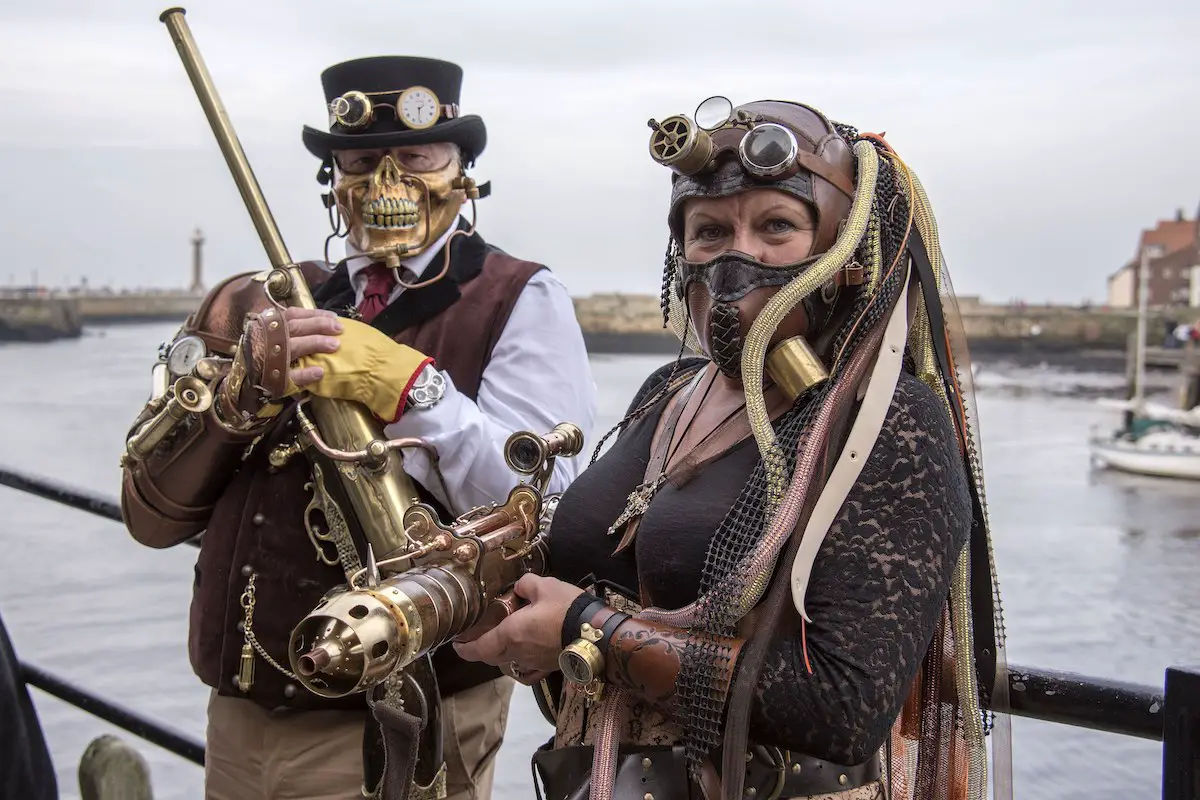

Conclusion
Steampunk as a subculture is constantly evolving as enthusiasts try to incorporate elements of the postindustrial world. However, the Victorian visual cues are glaring in terms of their fashion and innovations. Steampunk gives a peek into the mind of a futurist in the Victorian era; how they made sense of the evolution of technology but in hindsight, we can see their naive fascination with technology. But steampunk is all about relishing in those imagined universes.
If you enjoyed this article about the steampunk era you might also like to read about the Origins of Steampunk.


